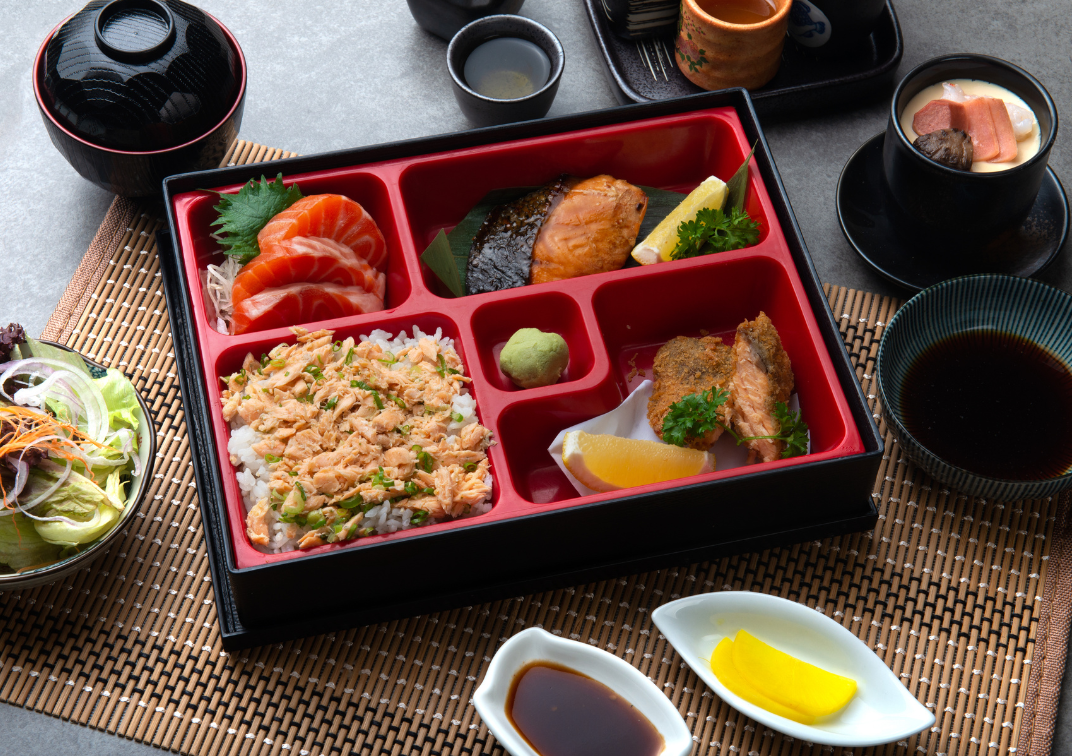
Bento boxes are traditional Japanese lunchboxes that have become popular not only in Japan but also around the world due to their convenience, aesthetic appeal, and versatility!
History
The origins of bento can be traced back to the Kamakura period (1185-1333) in Japan when people would carry cooked rice with them for their meals during outdoor activities. The term "bento" itself was first used during the Edo period (1603-1868) to refer to meals served at tea parties or social gatherings. Bento gained popularity in the late 1800s and early 1900s when they were adopted as a convenient and portable meal option for Japanese workers, students, and travellers.
Features
-
Compartments: Bento boxes typically have multiple compartments or sections to separate different types of food. This allows for a well-balanced and visually appealing presentation of the meal.
-
Portability: Bento boxes are designed to be portable, making them perfect for on-the-go meals. They are commonly used for school lunches, work meals, picnics, and travel.
-
Variety: Bento boxes offer a wide variety of food options, allowing for creativity and customisation. They can include rice, sushi, tempura, grilled or fried meat, fish, vegetables, pickles, and more.
-
Nutritious and Balanced: Bento boxes are known for promoting balanced and nutritious meals, as they often contain a mix of carbohydrates, proteins, and vegetables.
Types
-
Traditional Bento Boxes: These are made of lacquered wood, bamboo, or other natural materials. They are often beautifully handcrafted and used for special occasions or events.
-
Modern Bento Boxes: Most bento boxes today are made of plastic, stainless steel, or other materials. They are designed for everyday use and are often microwave and dishwasher-safe.
-
Character Bento (Kyaraben): Character bento is a creative and artistic form of bento in which the food is shaped and arranged to resemble characters from anime, manga, animals, or other objects.
-
Ekiben: Ekiben are bento boxes sold at train stations in Japan. They are regionally themed and feature local specialties, making them a part of the travel experience.
Uses
Bento boxes are primarily used to carry and store a single-portion meal, typically consisting of rice, fish or meat, and various side dishes like pickles, vegetables, and eggs. They are popular among schoolchildren, office workers, and travellers as a way to enjoy a nutritious and balanced meal on the go!
In Japan, preparing and presenting a bento is often seen as an expression of care and love for the person who will be enjoying the meal. Another custom in Japan regarding the arrangement and placement of food in bento boxes. For example, rice should not touch other foods, and certain colours and arrangements are preferred for an aesthetically pleasing presentation.
Bento boxes are a delightful aspect of Japanese cuisine and culture. They offer a unique and practical way to enjoy a variety of foods while appreciating the artistry and thoughtfulness that goes into their presentation. With their growing popularity globally, bento boxes have become a beloved symbol of Japanese culinary tradition and creativity!
Bento at Christmas
While Christmas is not a traditional Japanese holiday, it has gained popularity in Japan as a festive and commercial event. Many Japanese people enjoy celebrating Christmas with unique traditions and customs, and bento boxes have found their way into these celebrations.
During the Christmas season, some people in Japan prepare special Christmas-themed bento boxes, often referred to as "Christmas Bento" or "Xmas Bento." These bento boxes feature holiday-inspired decorations, colors, and food arrangements that evoke the festive spirit of Christmas.
The bento boxes are often decorated with red and green, the traditional colours associated with Christmas. they might include food items shaped and arranged to resemble Christmas characters like Santa Claus, reindeer, snowmen, or angels!





